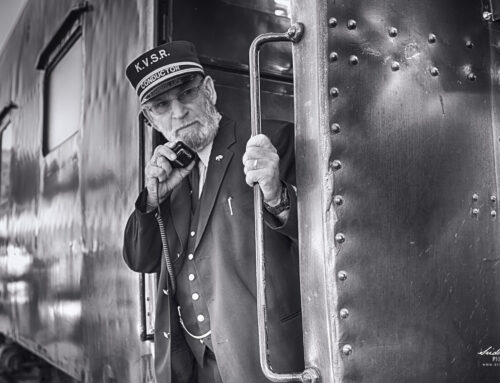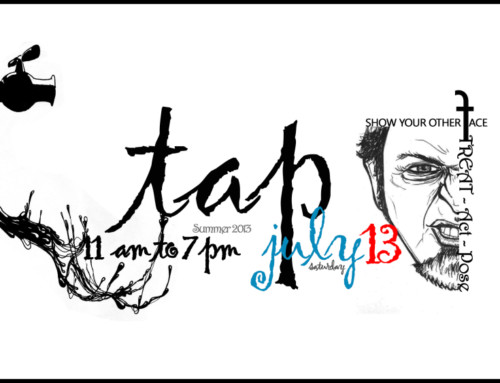Yesterday, I went to Honey Bee Centre (http://www.honeybeecentre.com/) .
Saw one of my friend’s family and walked in to the Honey Bee Festival….It’s really Fun for Kids. It seems, they celebrate once every 2 years. The only thing which attracted me is the Street Organ Grinder!!
I saw a musician playing a Street Organ. I researched a bit to know about this amazing instrument. A century ago, people were entertained by both live performances and mechanical devices. This instrument is one of the Organettes were the first mechanical musical instruments to allow for a wide range of music to be played at will. The musician I met has record discs aged 120 years old.
The organ grinder was a musical novelty street performer of the 19th century and the early part of the 20th century, and refers to the operator of a street organ.Period literature often represents the grinder as a gentleman of ill repute or as an unfortunate representative of the lower classes. Newspaper reporters would sometimes describe them cynically or jocularly as minor extortionists who were paid to keep silent, given the repetitious nature of the music. Later depictions would stress the romantic or picturesque aspects of the activity. A few organ grinders still remain, perhaps most famously Joe Bush in the United States.
Exceptionally, the grinder could be a woman, or small child, cranking away on a smaller organ or on a large organ mounted on a pushcart that was sometimes pulled by a donkey. More often than not the grinder was a man, bearing a medium sized barrel organ held in front of him and supported by a hinged or removable wooden stick or leg that was strapped to the back of the organ. The strap around his neck would balance the organ, leaving one hand free to turn the crank and the other to steady the organ. A tin cup on top of the organ or in the hand of a companion (or an animal) was used to solicit payments for his performance. There was an endless variation in the size of the organ.
The size varied from a small organ with only 20 notes weighing only 18 pounds to a huge barrel organ with hundreds of pipes weighing several hundred pounds. Larger organs were usually mounted on a cart, although organ grinders were known to carry an instrument weighing over 100 pounds. The most elaborate organs could even have mechanical figures or automata mounted on top of or in the front of the case.
In 1850s, this was a famous self-playing musical instruments in Europe. Thereafter, a number of companies began to manufacture and sell table-top organettes at the end of the 1870s. Some used perforated cardboard disks, others small, wooden barrels known as cobs, but the majority played cardboard music rolls with a range of fourteen or more notes.







Leave A Comment